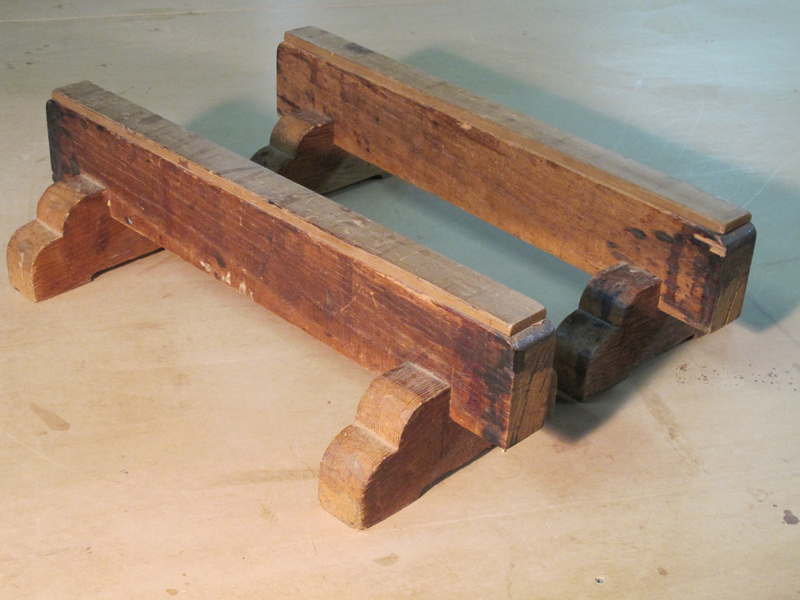Constructed using a two by four and a couple of hand tools, low horses are cheap and easy to build. Anything will do, but hardwoods like oak or hickory are best. When choosing your wood, always choose the clearest and straightest lumber available. The most important element is line connecting. Working both sides at an angle to create a peak in the center, and then gradually reducing the peak to a flat. This approach will give you much more control and cleaner, more accurate results
Projects from Make: Magazine
Low Horses
Low horses, a traditional Japanese woodwork, are useful for keeping projects up off the splay of tools that accumulate on your workbench. This shop accessory is great for keeping clean and organized.


